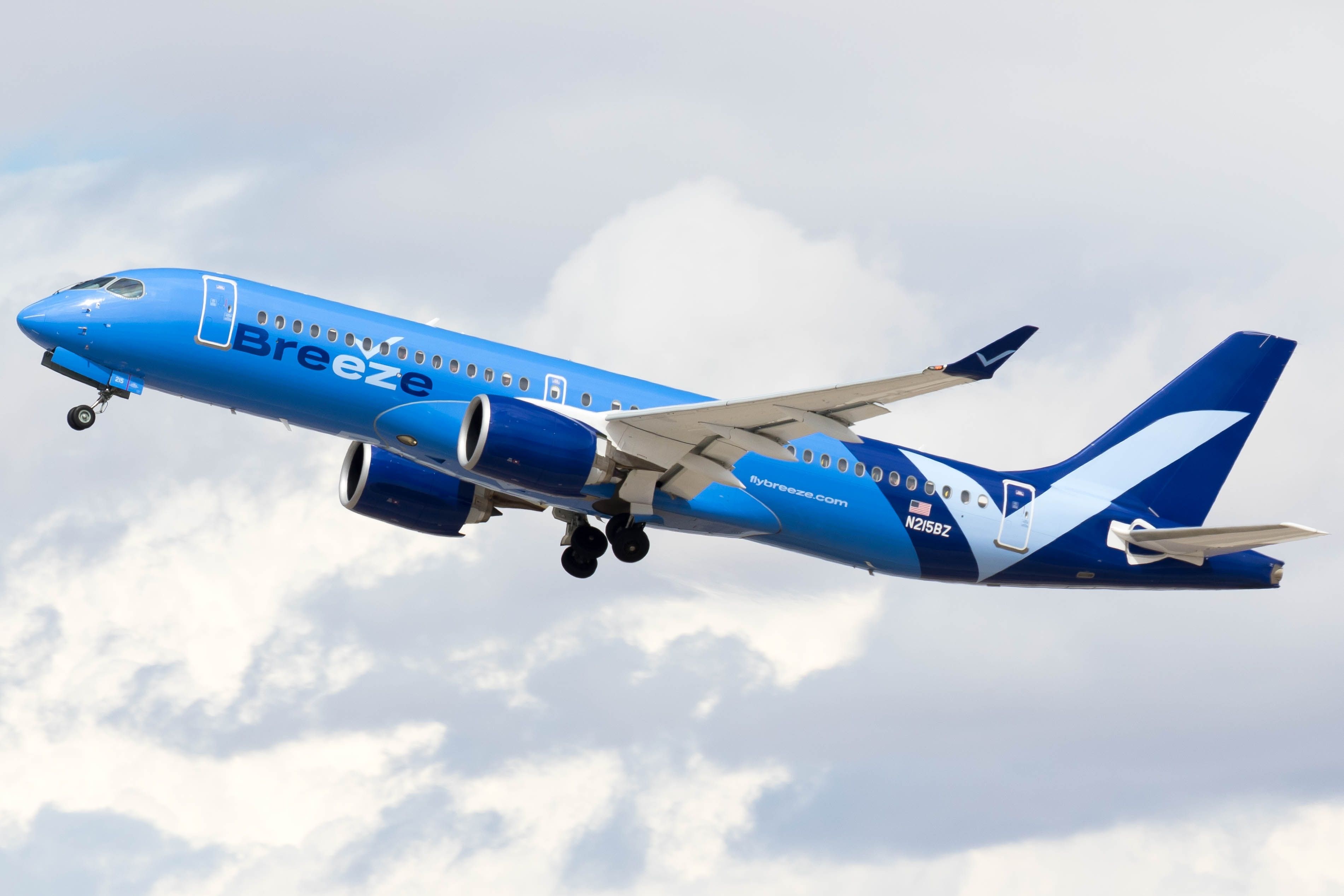Despite what hours of watching David Attenborough-voiced documentaries might lead you to believe, the world’s largest mammal migration does not involve impala, elephants and kudu making their way across the dry lands of Africa’s Serengeti. Surprisingly, it’s the congregation of millions of fruit bats over Zambia’s Kasanka National Park each year that holds the distinction. Straw-colored fruit bats ( Eidolon helvum ) arrive at Kasanka, in Zambia’s Central Province, from various corners of the country and continent.
They settle into the cool, swampy forest waiting for nightfall so they can arise en masse and turn the surrounding farmlands and woods into an all-you-can-eat fruit buffet. At dawn, the nocturnal mammals return to the forest to sleep off their meals, their wings casting shadows in the early light. Witnessing the bats in flight is a mind-blowing display of nature that truly has to be seen to be believed.
But getting to Kasanka is not the easiest journey—for bats or humans. The so-called megabats, which look like flying foxes, fly in from the Democratic Republic of Congo, parts of Zambia, and sometimes Tanzania and Malawi, coming each year to fill the woods with their chirps and hang off the trees like icicles. They typically start drifting into the park around October and leave in January, though local guides say this year the first bats came on September 26, perhaps due to the country’s ongoing drought or the ripple effects of climate change.
For human.
/https://tf-cmsv2-smithsonianmag-media.s3.amazonaws.com/filer_public/40/21/4021de0a-2fc4-4d83-9db3-7ccf2d0c3c84/gettyimages-501882427.jpg)

















